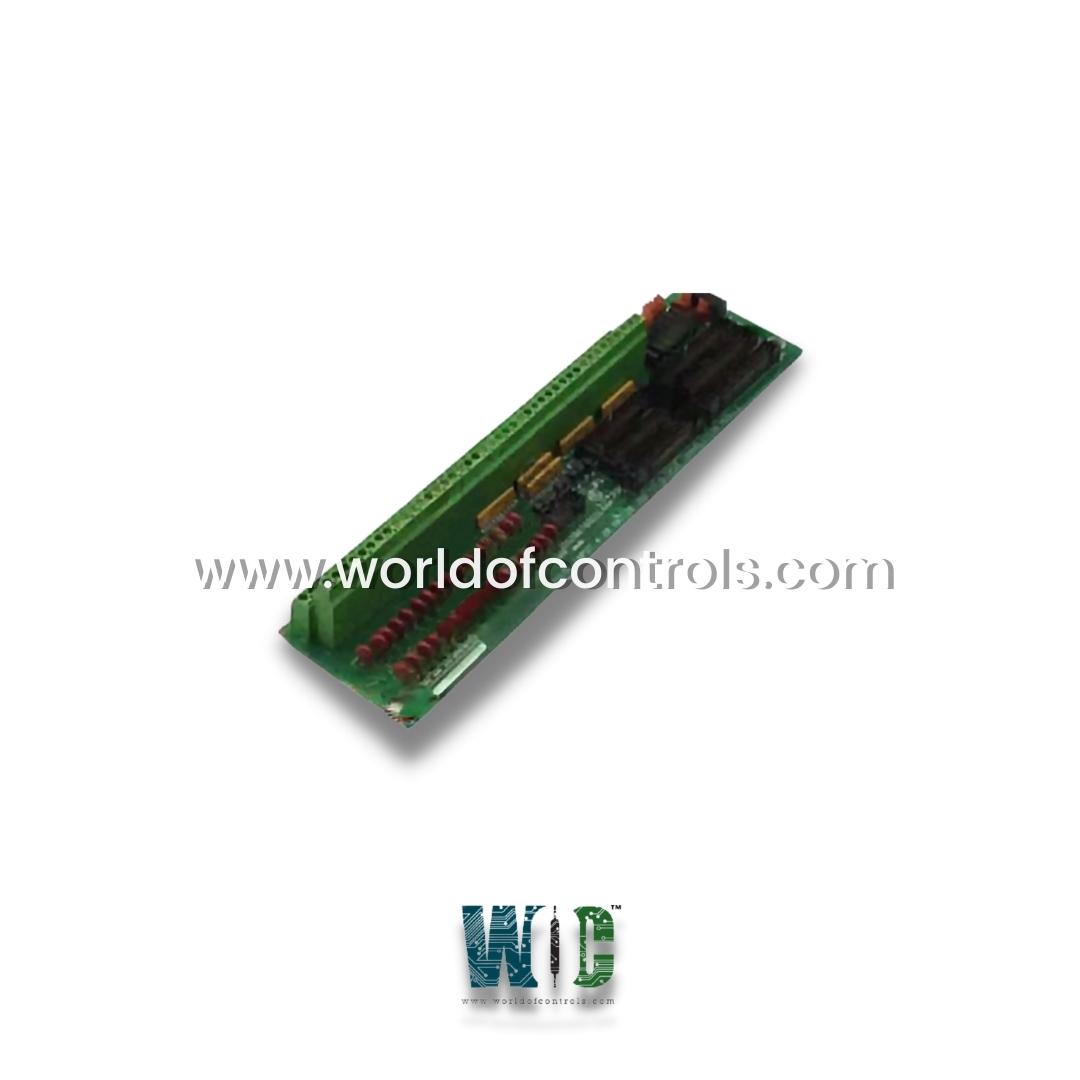
World Of Controls understands the criticality of your requirement and works towards reducing the lead time as much as possible.
DS200TBQCG2A - RST Analog Termination Board is available in stock which ships the same day.
DS200TBQCG2A - RST Analog Termination Board comes in UNUSED as well as REBUILT condition.
To avail our best deals for DS200TBQCG2A - RST Analog Termination Board, contact us and we will get back to you within 24 hours.
SPECIFICATIONS:
Part Number: DS200TBQCG2A
Manufacturer: General Electric
Series: Mark V
Product Type: RST Analog Termination Board
Number of channels: 12
Common Mode Voltage Range: +5 V dc
Maximum Lead Resistance: 15Ω
Analog output current: 0-20 mA
Operating temperature: -30 to 55 °C
Size: 8.26 cm high x 4.18 cm
Frequency: 50 or 60 Hz
Repair: 3-7 Day
Availability: In Stock
Weight: 2 lbs
Country of Origin: United States
Manual: GEI-100222
FUNCTIONAL DESCRIPTION:
DS200TBQCG2A is an RST Analog Termination Board manufactured and designed by General Electric as part of the Mark V Series used in GE Speedtronic Gas turbine Control Systems. In turbine control systems, an Analog Termination Board is a specialized component used to terminate analog signals and ensure proper signal integrity and accuracy. It is typically used in conjunction with various sensors, transducers, and signal conditioning modules to interface with the turbine and the control system.
FEATURES:
Signal Termination: The Analog Termination Board is responsible for terminating analog signals coming from sensors or transducers. Termination involves matching the impedance of the source (sensor) and the input circuitry of the control system. This helps prevent signal reflections and ensures accurate measurement and control.
Impedance Matching: Impedance matching is crucial to prevent signal reflections and maintain signal integrity. The termination board is designed to match the impedance of the sensors or transducers to the input impedance of the control system, minimizing signal loss and distortion.
Signal Conditioning: In some cases, the Analog Termination Board may also incorporate signal conditioning circuitry. Signal conditioning involves amplifying, filtering, or scaling analog signals to meet the requirements of the control system. This ensures that the signals are within the desired range and suitable for further processing.
Noise Reduction: The Analog Termination Board may include features to reduce noise and interference from the environment. This can involve shielding, grounding, or filtering techniques to minimize the impact of electromagnetic interference (EMI) or radio frequency interference (RFI) on analog signals.
WOC has the largest stock of GE Speedtronic Gas Turbine Control System Replacement Parts. We can also repair your faulty boards. WORLD OF CONTROLS can also supply unused and rebuilt backed-up with a warranty. Our team of experts is available round the clock to support your OEM needs. Our team of experts at WOC is happy to assist you with any of your automation requirements. For pricing and availability on any parts and repairs, kindly get in touch with our team by phone or email.
FREQUENTLY ASKED QUESTIONS:
What is the purpose of an Analog Termination Board in a turbine control system?
The Analog Termination Board serves the purpose of terminating analog signals from sensors or transducers used in turbine control systems. It ensures proper impedance matching, signal integrity, and accurate measurement and control.
How does an Analog Termination Board achieve impedance matching?
The Analog Termination Board is designed to match the impedance of the sensors or transducers to the input impedance of the control system. This is typically achieved using resistors or other impedance-matching components.
How does an Analog Termination Board help reduce noise and interference?
Analog Termination Boards may incorporate features such as shielding, grounding, or filtering techniques to minimize the impact of electromagnetic interference or radio frequency interference on analog signals, thus reducing noise and maintaining signal quality.